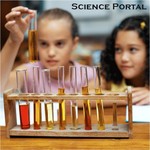
Unit 5 Assignments
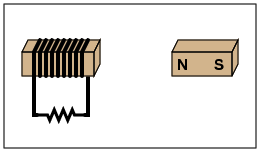
Electromagnets
MS-PS2-3, MS-PS2-5
The Solar System
MS-PS2-4, MS-ESS1-2
MS-ESS1-3

Energy
MS-PS3-2
 |
Unit 5 Assignments |
 Electromagnets MS-PS2-3, MS-PS2-5 |
The Solar System MS-PS2-4, MS-ESS1-2 MS-ESS1-3 |
 Energy MS-PS3-2 |
| Earth, Sun, Moon Cycles |
| Bundle 5 How can objects interact at a distance? |
| MS-ESS1-1
Evidence Statement Develop and use a model of the Earth-sun-moon system to describe the cyclic patterns of lunar phases, eclipses of the sun and moon, and seasons. Packet [Clarification Statement: Examples of models can be physical, graphical, or conceptual.] |
| Additionally, these ideas about forces that act at a distance can be connected to the concept that gravitational forces are always attractive; there is a gravitational force between any two masses, but it is very small except when one or both of the objects have large mass—e.g., Earth and the sun (PS2.B as in MS-PS2-4). Then, gravitational forces connect to the concepts that the solar system consists of the sun and a collection of objects, including planets, their moons, and asteroids that are held in orbit around the sun by its gravitational pull on them (ESS1.B as in MS-ESS1-3 and MS-ESS1-2) and this model of the solar system can explain eclipses of the sun and the moon. Earth’s spin axis is fixed in direction over the short-term but tilted relative to its orbit around the sun. The seasons are a result of that tilt and are caused by the differential intensity of sunlight on different areas of Earth across the year (ESS1.B as in MS-ESS1-1). |
|
Take every day before sleeping! Vocabulary Review Activities BrainPop Animations and Practice Quizes * 
|
Vocabulary - Glossary Earth, Moon, and Sun Chapter 1 Section 1: Pages 12-23: Phases, Eclipses, and Tides: Chapter 1, Section 2 Pages 24-34 Earth's Moon Chapter 1, Section 4 Pages 39-45 Science Skills Handbook Appendix: Pages 202-214: Process Skills Packet |
| Labs & Videos |
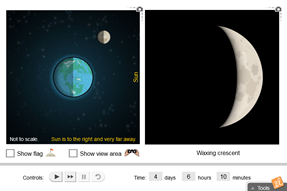 Gizmos Phases of the Moon |
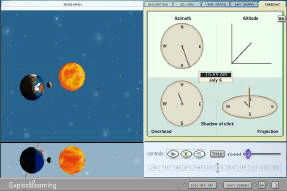 Gizmos Sun Earth Moon- Seasons |
 Gizmos Eclipses |
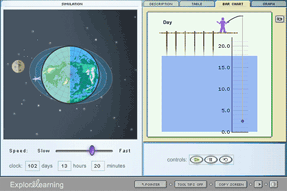 Gizmos Tides |
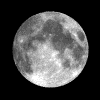 Calendar.com - Moon phases Moonconnection.com - Calendar informational pages Slideshow |
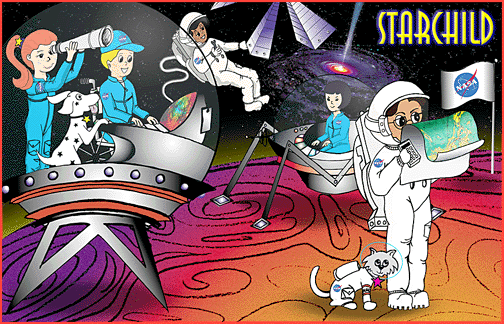
NASA.Gov Starchild |
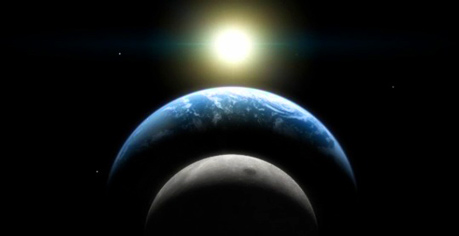 Space Place at Nasa.Gov Home Oreo Moon Activity |
NASA Moon Page informational page |
|
Bill Nye Moon Espanol and quiz |
PH Science Explorer Earth, Moon, Sun |
Bill Nye Seasons Espanol and quiz |
Bill Nye Outer Space Espanol and quiz |
|
Bill Nye Sun Espanol and quiz |
Tik Liem Home Activities Lunar Cycle Activity Seasons Activity |
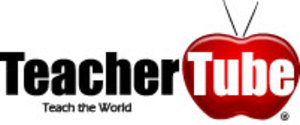 
|
| Engage Discrepant Event |
Explore Research |
Explain Write-Up |
Elaborate New situations/applications |
Evaluate project to share |
| Reading & Math Work |
|
|
| Projects by Learning Style and Media Type |
 Sensing-Thinking
(Mastery) Sensing-Thinking
(Mastery)Facts
|
 Sensing-Feeling
(Interpersonal) Sensing-Feeling
(Interpersonal)A time when you...
|
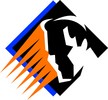 Intuitive-Thinking
(Understanding) Intuitive-Thinking
(Understanding)Playing with facts
|
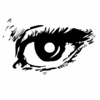 Intuitive-Feeling
(Self-Expressive) Intuitive-Feeling
(Self-Expressive)Creating new possibiliteis
|
|
|
|
 Live
Presentation Project Live
Presentation Project
|
| Essential Vocabulary & Concepts |
|
|
Tides: Earth's oceans rise and fall as the moon's gravity pulls water around the globe.
|
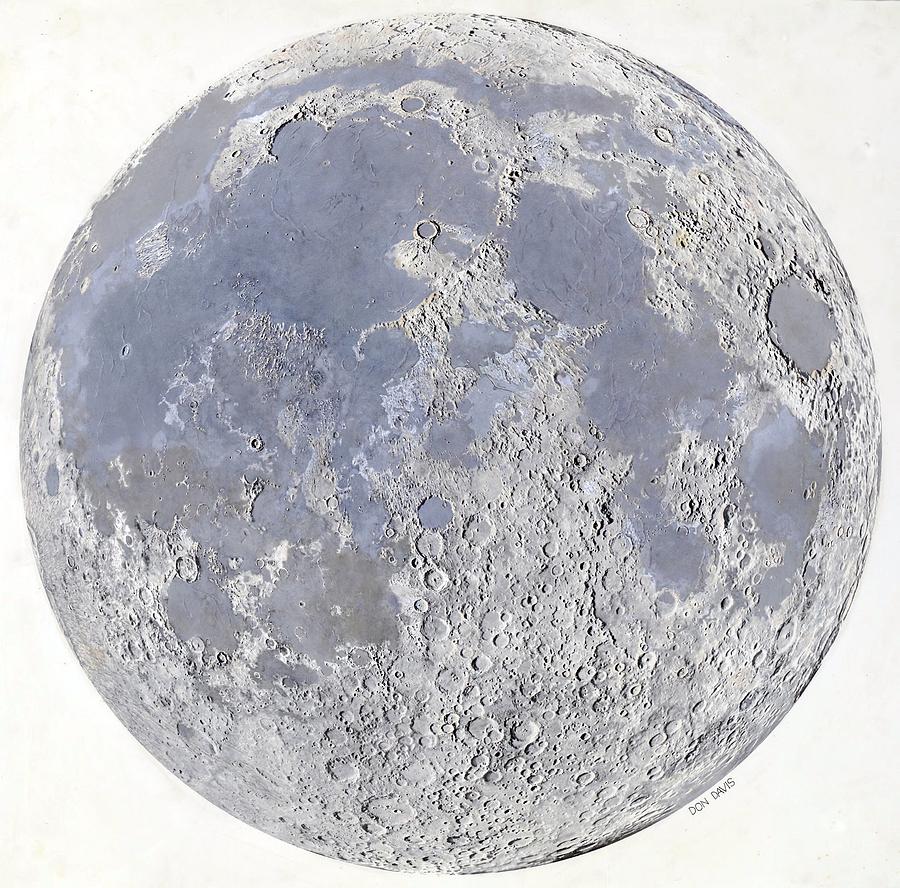 |
Earth's Moon: was likely formed from the debris thrown out when another planet collided with Earth long ago.
|

|
Sun: is the heart of the solar system and is 99.8% of its mass. Its burning atmosphere is in the millions of degrees Celsius. |
| Scientist |
|
| |
Technology |